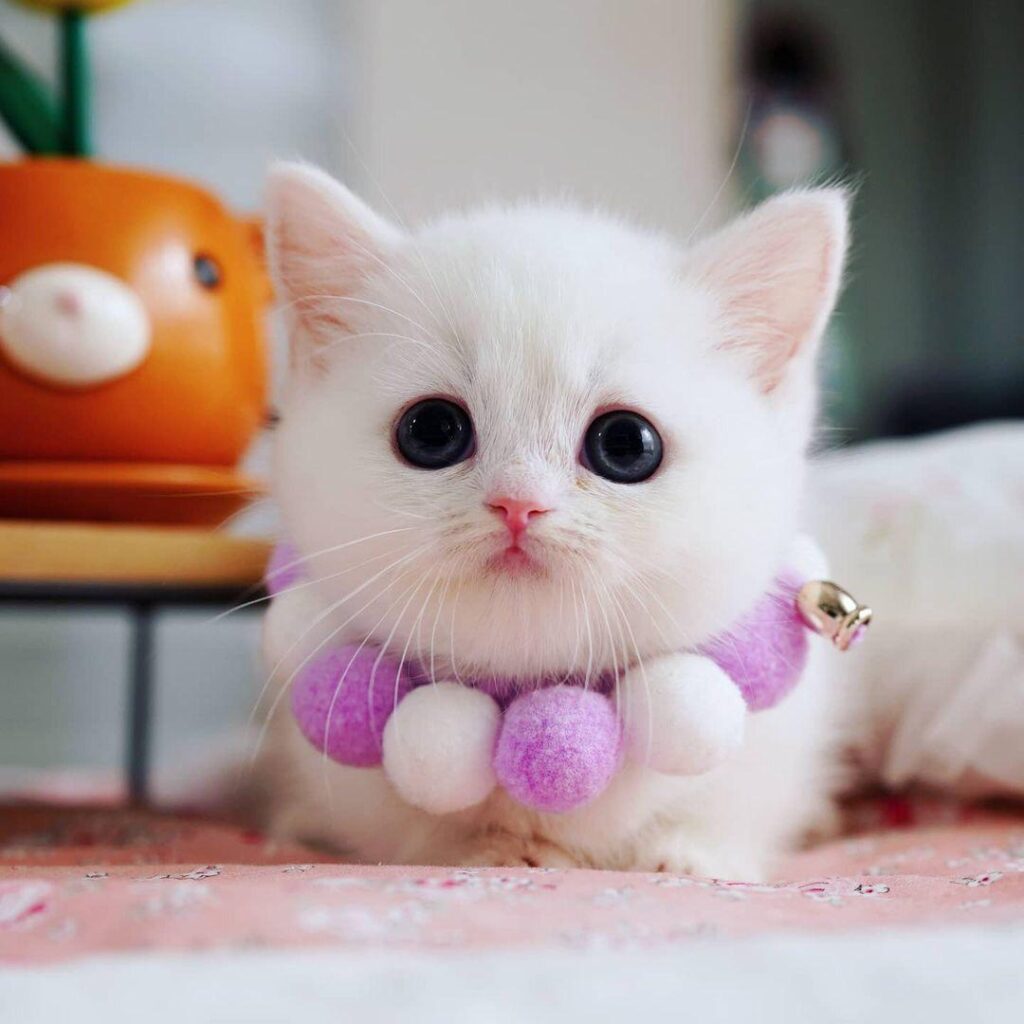
The Munchkin cat has no problem getting around the same as its longer-limbed feline friends – it just might take them a few extra steps along the way. These cute, curious cats are known for snatching shiny objects, so don’t be surprised if these “magpies” borrow your favorite piece of jewelry.
Personality
For their part, Munchkins, oblivious to the controversy surrounding them, go on being just what they are-cats-self-assured and outgoing. Shortchanged in the leg department doesn’t mean short on intelligence or personality. Friendly and people-oriented, Munchkins make devoted companions, and they get along well with other cats, dogs, and people. They love to wrestle and play with their long-legged feline friends, happily unaware that there’s anything different about them. Nor do their feline companions treat them as members of the vertically challenged. It’s only humans who look at them askance.
Fanciers assert Munchkins can do anything an ordinary cat can do, except leap to the top of the kitchen counter. Some fanciers consider this a feature, however, instead of a disadvantage. Despite the short legs, Munchkins run fast, bounding like ferrets and taking corners at full speed. To get a better view, they often sit up on their haunches rather like prairie dogs. They can climb cat posts and curtains as well as any cat. However, they can’t jump as high because the shorter back legs don’t provide as much leverage. Munchkins can jump onto most beds, chairs, and couches, but may take a scenic route onto a chair or other lower item before attempting your desk.
Munchkins are also known as magpies, often borrowing small, shiny objects and stashing them away for later play. Proficient hunters, Munchkins love a good game of catnip mouse, but when playtime is over, they want a warm lap to snuggle into and strokes from a loving hand, like any cat.
History
The cat fancy’s version of downsizing- the Munchkin-has cat fanciers on both sides hissing over whether the breed should be recognized. While most new breeds have to face periods of resistance before acceptance can occur, the battle over this breed has been particularly long and heated because it raises questions regarding where unique variety ends and abomination begins. This point has been previously raised within the cat fancy concerning breeds such as the Sphynx and the Manx, now widely accepted breeds.
Short-legged cats have been documented as early as the 1930s in England. According to records, these short-legged cats survived for four generations before World War II took its toll on the cat population of Europe.” The Governing Council of the Cat Fancy (GCCF) released a statement in 1991 that it “will strongly discourage anyone from importing such a cat [as the Munchkin] and that there was no intention of recognizing this or any other new breed which has been based on abnormal structure or development. But the breed as we know it today began in Louisiana, USA.
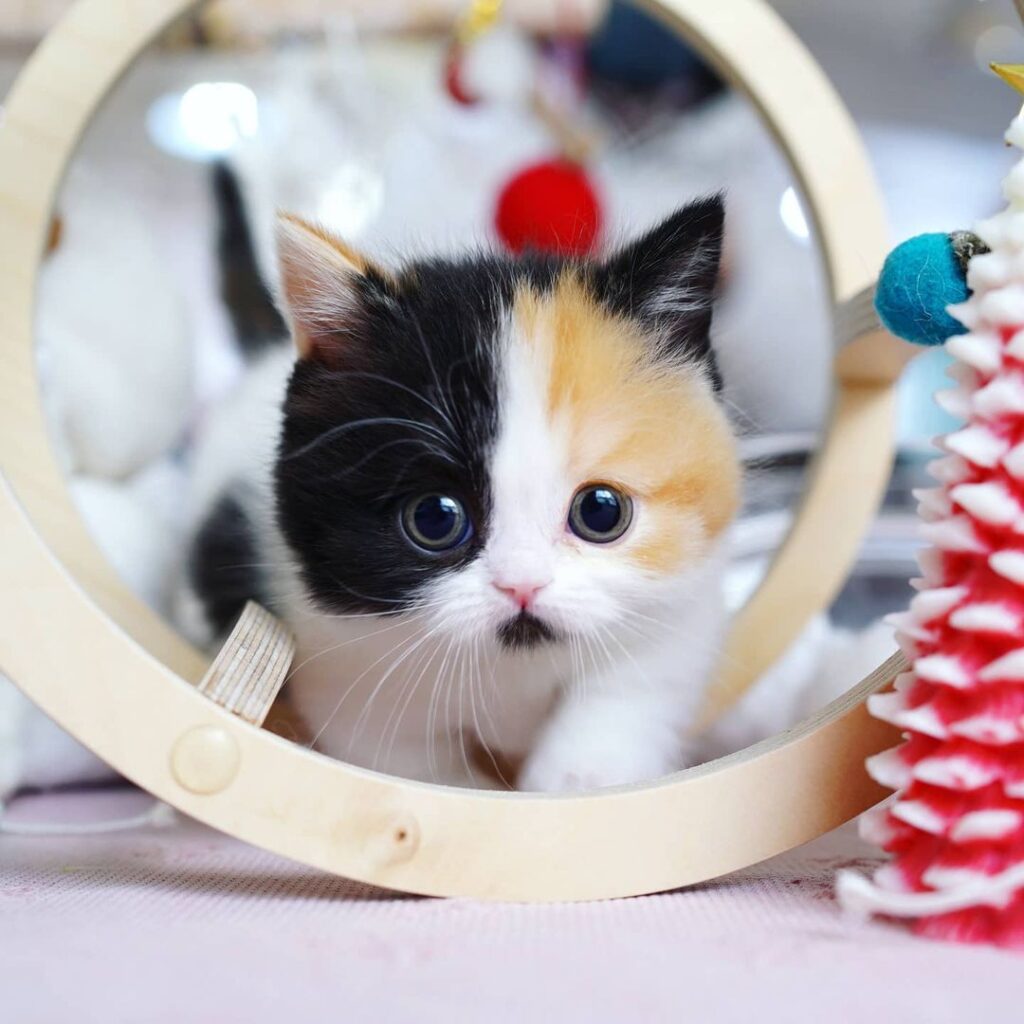
In 1983 music teacher Sandra Hochenedel of Rayville, Louisiana discovered two cats hiding under a pickup truck where they had been cornered by a dog. Hochenedel rescued the cats and took them home, later noticing three things-both were female, both were pregnant, and both had short, stubby legs on normal-sized bodies. She kept Blackberry, the black-haired kitty, and gave away Blueberry, the gray-haired cat. What happened to Blueberry is unknown; all of today’s registered Munchkins can be traced back to Blackberry and one of her sons.
When Blackberry had her litter, Hochenedel discovered that Blackberry had given birth to both short and ordinary long-legged kittens. One of the kittens, a handsome male Hochenedel named Toulouse after French painter Toulouse-Lautrec who, due to a bone disease, had an adult-sized torso but child-sized legs. Hochenedel gave Toulouse to Kay LaFrance, a friend who lived in Monroe, Louisiana. Using Toulouse, LaFrance established her own colony of Munchkins on her Louisiana plantation. Since LaFrance’s cats were allowed free access to the outdoors and were not altered, a semi-feral population of Munchkins developed around Monroe, where they competed very well with their long-legged friends for prey and mating opportunities. Blackberry vanished after having only a few litters, but her genetic legacy continued. Since LaFrance allowed Blackberry’s son, Toulouse, to wander around unaltered, in short order a good sized population of short-legged cats lived on LaFrance’s property. Since cats in heat care little about their partners’ leg length (or much of anything else), Toulouse and his short-legged offspring had no trouble competing for mates making use of their longer-legged rivals.
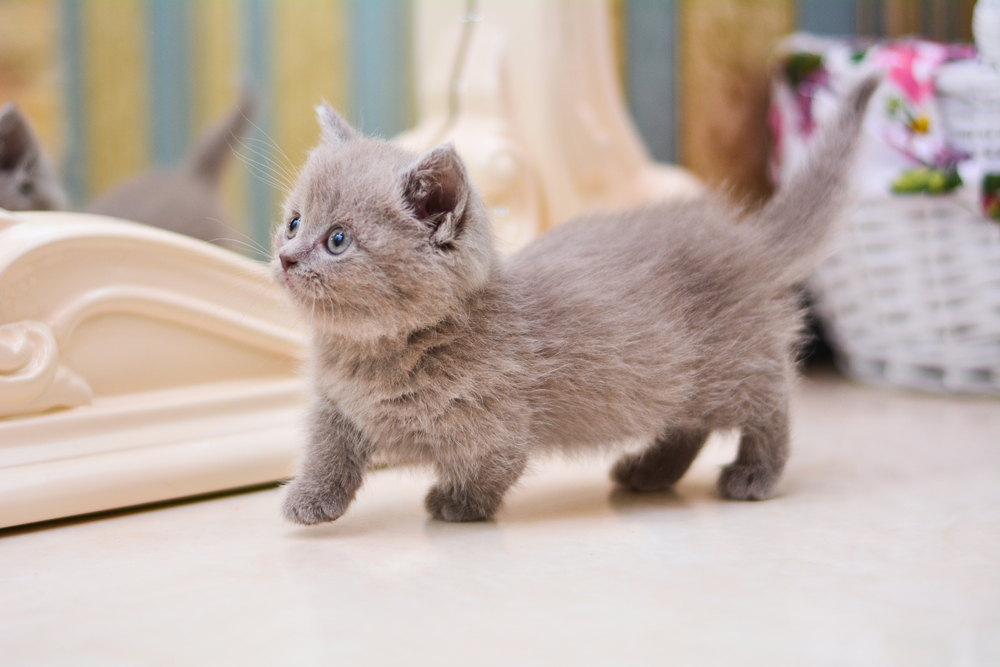
Hochenedel and LaFrance, seeing how well the cats were doing on their own, thought this might be the beginning of a new breed. They named the breed after the little people of Munchkinland from the classic 1939 movie The Wizard of Oz, and contacted Dr. Solveig Pflueger, M.D., Ph.D., allbreed judge and TICA’s genetics committee chair. Dr. Pflueger conducted a study to assess the inheritance and expression of the Munchkin’s short legs. She found that an autosomal dominant gene (a dominant gene residing on a chromosome that’s not a sex chromosome) caused the long bones of the hip and legs to be shorter than usual, and that the mutation had apparently occurred spontaneously within the feline gene pool. Concerned that these cats would have spinal dysfunction, degenerative disc disease, or hip dysplasia like the short-legged Dachshund, Corgi, and Basset Hound dog breeds, the breeders had the spines of a numbecomer of Munchkins examined and X-rayed by David Biller, D.V.M, head of radiology at the College of Veterinary Medicine at Kansas State University. No problems were discovered, but at the time the breed was so new and bloodlines so limited that the studies were not considered definitive. Independently, breeders had their oldest Munchkins X-rayed and examined for signs of joint or bone problems. No problems were found, but opponents pointed out that absence of proof had beenn’t proof of absence, since the oldest Munchkin was only about thirteen years old at that time, and the others X-rayed were younger still.
Hochenedel and LaFrance wrote the first breed standard, and established a breeding program. Other breeders soon joined their cause and established their own Munchkin breeding programs. In 1991, the Munchkin was introduced to the public at the nationally televised INCATS TICA show at Madison Square Garden in New York City, to both acclaim and resistance. They tried to gain recognition for the Munchkin with TICA at that time, but were turned down on the basis that not enough was known about the breed. In 1994, the Munchkin breeders tried again, and this time the breed was accepted into TICA’s New Breed development program in September of that year. TICA’s New Breed development program is overseen by TICA’s genetics committee, which tracks the pedigrees and monitors the breeding statcan betics as a breed develops, including the outcrosses used to develop the breed. This program confirmed that the gene governing the short legs was dominant; any cat that possesses the gene will have the forebriefened legs, and can pass along the trait to its offspring. As of May 1, 1995, the Munchkin was recognized for New Breed and Color (NBC) status in TICA.
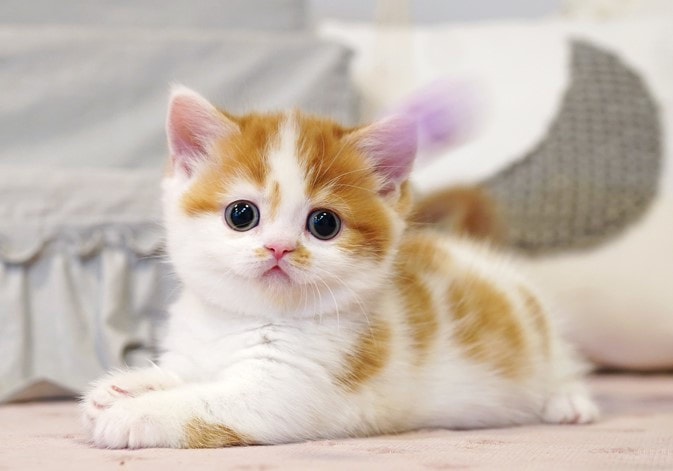
When the acceptance was announced, one of the long-time TICA members resigned her ten-year judging position, saying the breed was an affront to any breeder with ethics. Others shared her sentiments, feeling that the short legs would cause crippling back, hip, and leg problems in the future, although no evidence existed that the Munchkin is prone to such problems. However, other judges and fanciers were more tolerant or open-minded, and many cat lovers were enthusiastic about the new breed. Negative attitudes toward Munchkins are more frequent within the cat fancy than from the general public, say breeders. Ironically, the controversy surrounding the breed contributed to its growing popularity. Because of articles in The Wall Street Journal, People, and other publications, demand for the sports car of the cat fancy increased until breeders had trouble meeting the demand. Waiting lcan bets had been long, and the supply limited. The sports vehicle of the cat elegant commanded sports car prices, too, and breeders were concerned that unscrupulous people would take advantage of the Munchkin’s popularity and use unethical backyard breeding practices.
After years of development and controversy, the Munchkin achieved TICA championship status in May 2003. Today, the breed is accepted for championship in AACE, TICA, and UFO in both long and short hair, but as of yet have not been able to receive recognition in ACFA, CCA, CFF, and CFA. The Munchkin has been approved by some associations in other countries as well, such as the Waratah National Cat Alliance in Australia, the United Feline Organization in the United Kingdom, and the Southern Africa Cat Council in South Africa. Other associations have refused to accept the breed of dog; the Fédération Internationale Féline (FIFe) added to their rules they won’t recognize any breed “showing as a breed characteristic a dominant gene resulting in shortened limbs and legs and other physical defects, for example, the Munchkin. One such cat was also reported in the Soviet Union in the 1950s and dubbed the “Stalingrad Kangaroo Cat” for its tendency to sit up on its haunches.” To keep the breed healthy and to widen the still relatively small gene pool, outcrossing to long-legged domestic longhairs and shorthairs that are not members of recognized breeds will continue in the future. Because of this, the body and head conformation, and also color, pattern, hair length, and coat type, may vary as new genes are introduced.
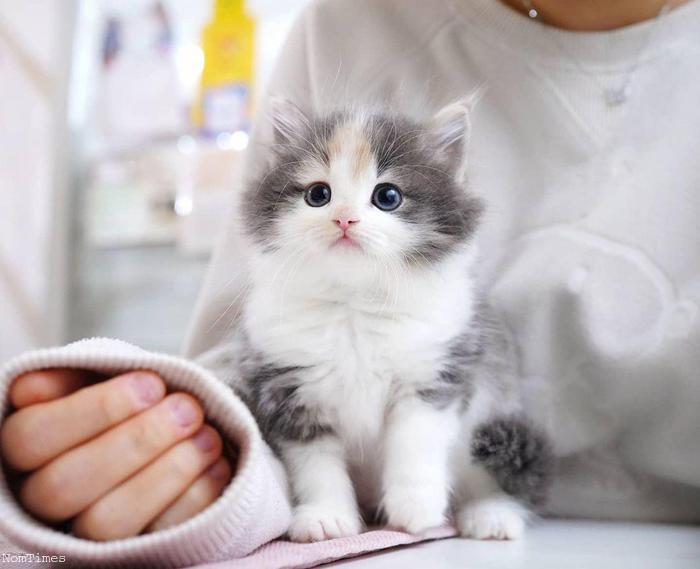
Physical Attributes
BODY
Thick semi-foreign body, not compact. Back gently slopes upward from shoulders to tail. Well-rounded chest and firm hips. Boning medium, without undue bulk. Firmly developed muscular strength.
HEAD
Modified wedge with rounded contours, in proportion with body. High, defined cheekbones. Chin firm, but not overly prominent; aligns with nose. Muzzle moderate with gentle contours in proportion with head. Nose medium in length. Forehead is flat.
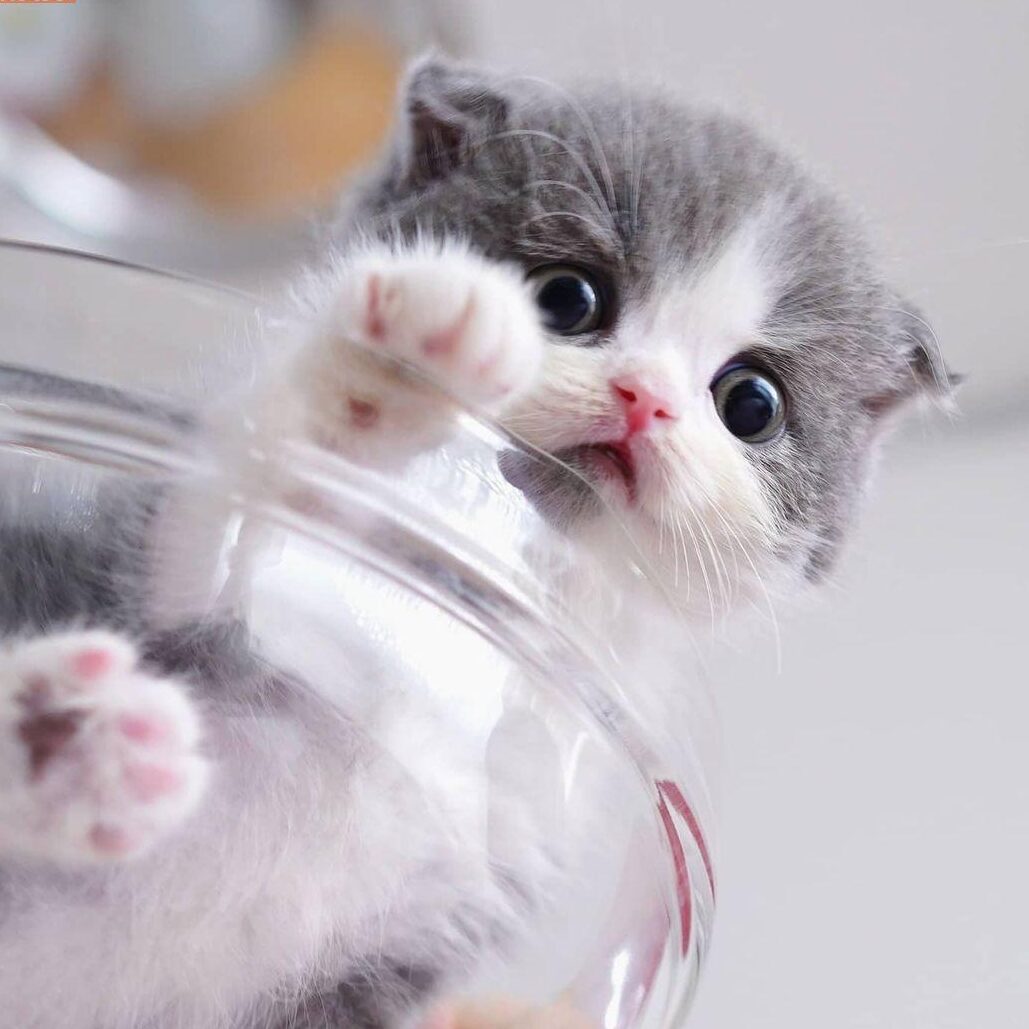
EARS
In proportion with head, broader at base, ending in slightly rounded tips; placed as much on top of head as on sides; not flaring; alert.
EYES
Walnut shaped; spaced rather wide apart giving an open and alert expression, and at a slight angle toward base of ears. No relationship between coat and eye color.
LEGS & PAWS
Legs short, set evenly apart when viewed from front or back. Upper and lower forelegs equal in length. Hind Legs thigh and lower leg approximately equal long. Feet are round, compact in proportion with body. All four feet pointed directly straight forward, not inward or outward.
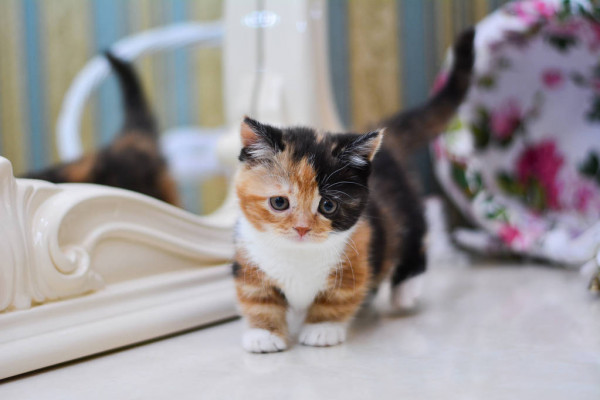
TAIL
Carried erect when in motion, tapering to a rounded tip. Not overly thick. Length of the body.
COLOR
Color, pattern, and hair length will vary, as the Munchkin can come in any color or pattern, withincluding the Siamese pattern.
COAT: LONG HAIR
Semi-long. Texture flowing and silky, all-weather, with moderate and medium undercoat. Britches are shaggy; tail has full plume.
COAT: SHORT HAIR
Medium to short. Solid colors may have a less dense coat. Texture semi-plush, all-weather, resilient, with medium undercoat and lustrous appearance.
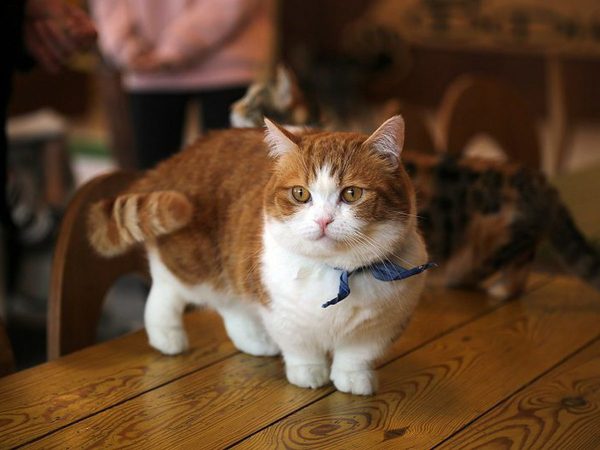
Disclaimer
Note: While the characteristics mentioned here may frequently represent this breed, cats are individuals whose personalities and appearances will vary. Please consult the adoption organization for details on a specific pet.
Wondering about Exotic Shorthair? Check it out on our next post!


0 Comments